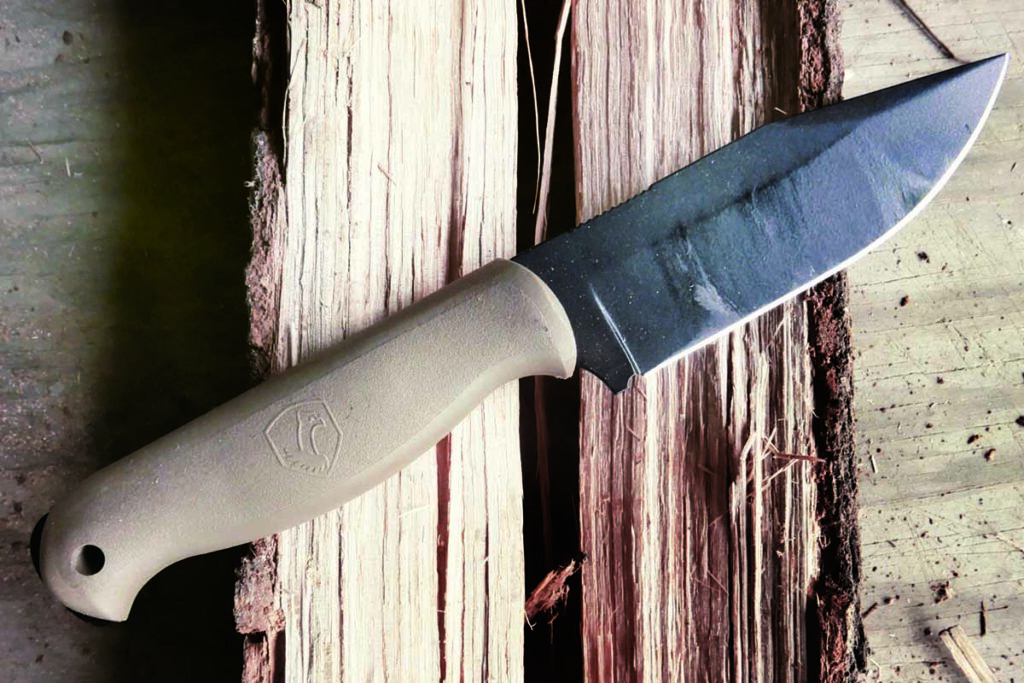In the ever-evolving world of culinary tools, the ceramic fixed blade knife stands out as a remarkable innovation. For kitchen professionals seeking precision, durability, and comfort, this exceptional tool brings a new dimension to the art of cooking.
The unique quality of a ceramic fixed blade lies in its ability to maintain sharpness over extended periods, making it an essential for chefs who demand efficiency in their fast-paced environments.

Understanding the Benefits of Ceramic Knives
Ceramic knives offer several advantages that appeal to professional chefs. Firstly, these knives are exceptionally lightweight, which reduces hand fatigue during prolonged use. Additionally, their sharpness is unparalleled; they stay sharper longer than their steel counterparts.
Precision and Sharpness
Ceramic blades are forged from zirconium dioxide, which guarantees a hard and precise edge. The hard surface ensures ceramic fixed blades maintain a razor-sharp edge, allowing chefs to execute delicate cuts effortlessly.
Resistance to Corrosion
Unlike traditional metal blades, ceramic knives do not oxidize, rust, or transfer metallic tastes to food. This makes them ideal for hygienically slicing fresh produce, especially acidic fruits that would otherwise tarnish metal blades.
When to Use a Ceramic Fixed Blade Knife
The ceramic fixed blade knife is perfect for specific tasks such as slicing fruits, vegetables, and boneless meats. However, they are not recommended for bone or hard objects, as their rigidity can lead to chipping.
For more in-depth insights into selecting the right knife for specific kitchen tasks, chefs may refer to [Dalstrong's blog post](https://dalstrong.com/blogs/news/knife-blade-types) on various blade types.
Care Tips for Longevity
To ensure the longevity of your ceramic knife, proper care is essential. Regular honing and cautious hand washing are recommended to preserve the integrity of the blade. Immediate drying post-wash also prevents potential damages from water residue.
Additionally, storing the knife in a designated holder or sheath maintains sharpness and safety in the kitchen.

FAQs on Ceramic Fixed Blade Knives
Why choose a ceramic fixed blade knife over steel?
While both types of knives have their advantages, ceramic knives provide superior edge retention and are also corrosion-resistant, making them an excellent choice for precision tasks.
What are the limitations of using a ceramic fixed blade?
Ceramic knives are not suited for tasks that involve bones or other rigid materials as they can chip. They are best used for produce and boneless proteins.
How do I sharpen my ceramic fixed blade knife?
These knives require special sharpening tools, such as a diamond stone. It's advisable to have them professionally sharpened to maintain their distinct edge.
For a broader comparison of knife materials, readers may want to explore the information provided in this comprehensive guide.
Additionally, the Stainless Steel Fixed Blade Knife, discussed on Knives Shop blog, can be another alternative for chefs seeking diverse options.
This article contains affiliate links. We may earn a commission at no extra cost to you.


























